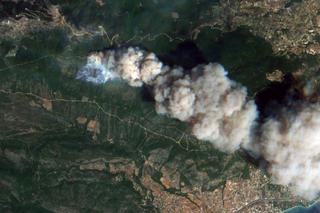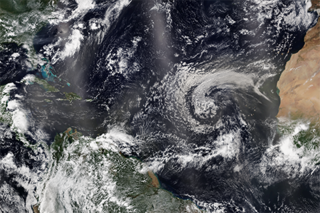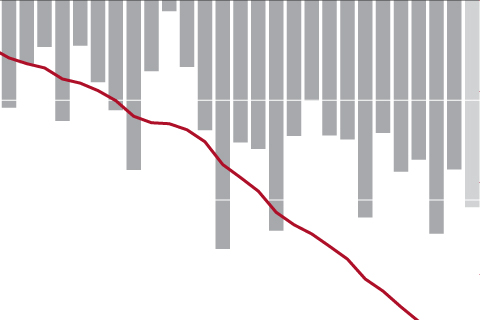
2017 will likely be the 38th year in a row that, on average, glaciers worldwide have lost ice mass. Cumulative mass losses have accelerated since 2000.
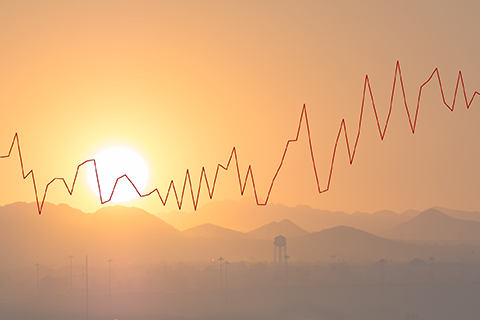
In 2017, land areas recorded more than 60 days of extreme daytime heat worldwide, nearly double the 1961-1990 average.
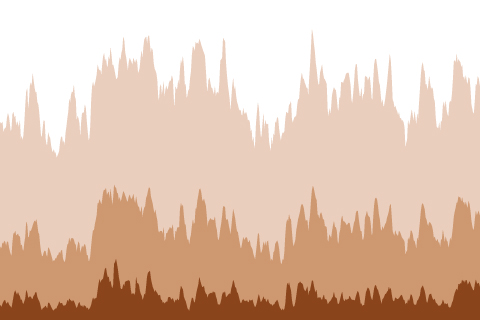
Large areas of severe or extreme drought affected every continent except North America in 2017. Extreme drought conditions affected at least 3 percent of the global land area in every month of 2017.
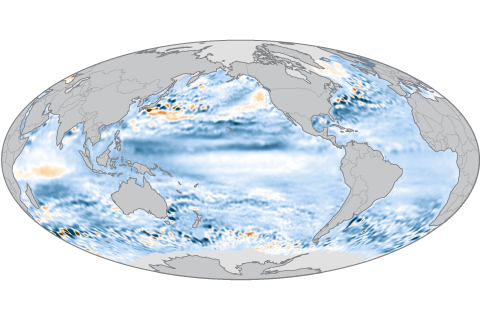
Global mean sea level in 2017 was the highest in the satellite record—3 inches (77 millimeters) higher than it was in 1993—and the rate of increase has been accelerating.
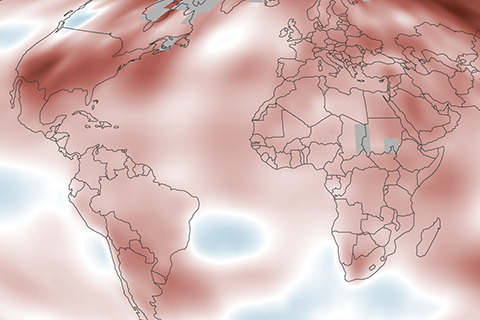
Global temperature in 2017 was the warmest of any non-El Niño year in the instrumental record. Since 1901, the planet’s surface has warmed by an average of 0.7–0.9° Celsius (1.3–1.6° Fahrenheit) per century, but the rate of warming has nearly doubled since 1975 to 1.5–1.8° Celsius (2.7–3.2° Fahrenheit) per century.
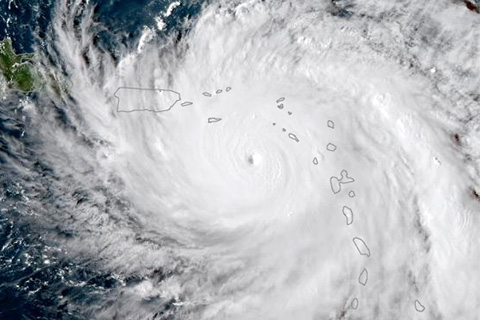
The State of the Climate in 2017 report includes a summary of the devastation in Puerto Rico from Hurricane María, describing damage so widespread and severe that thousands of residents of the Caribbean island moved to the U.S. mainland in the aftermath.
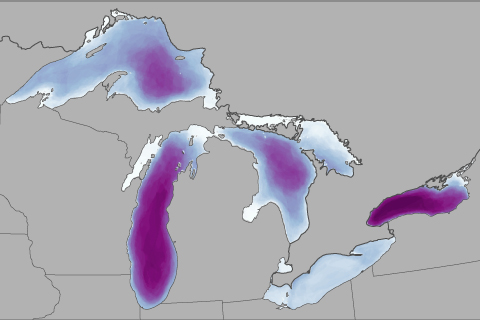
Ice cover on the Great Lakes has been decreasing since the 1970s, affecting everything from fishing to shipping.

Day Zero water shut-off deferred in Cape Town
June 29, 2018
